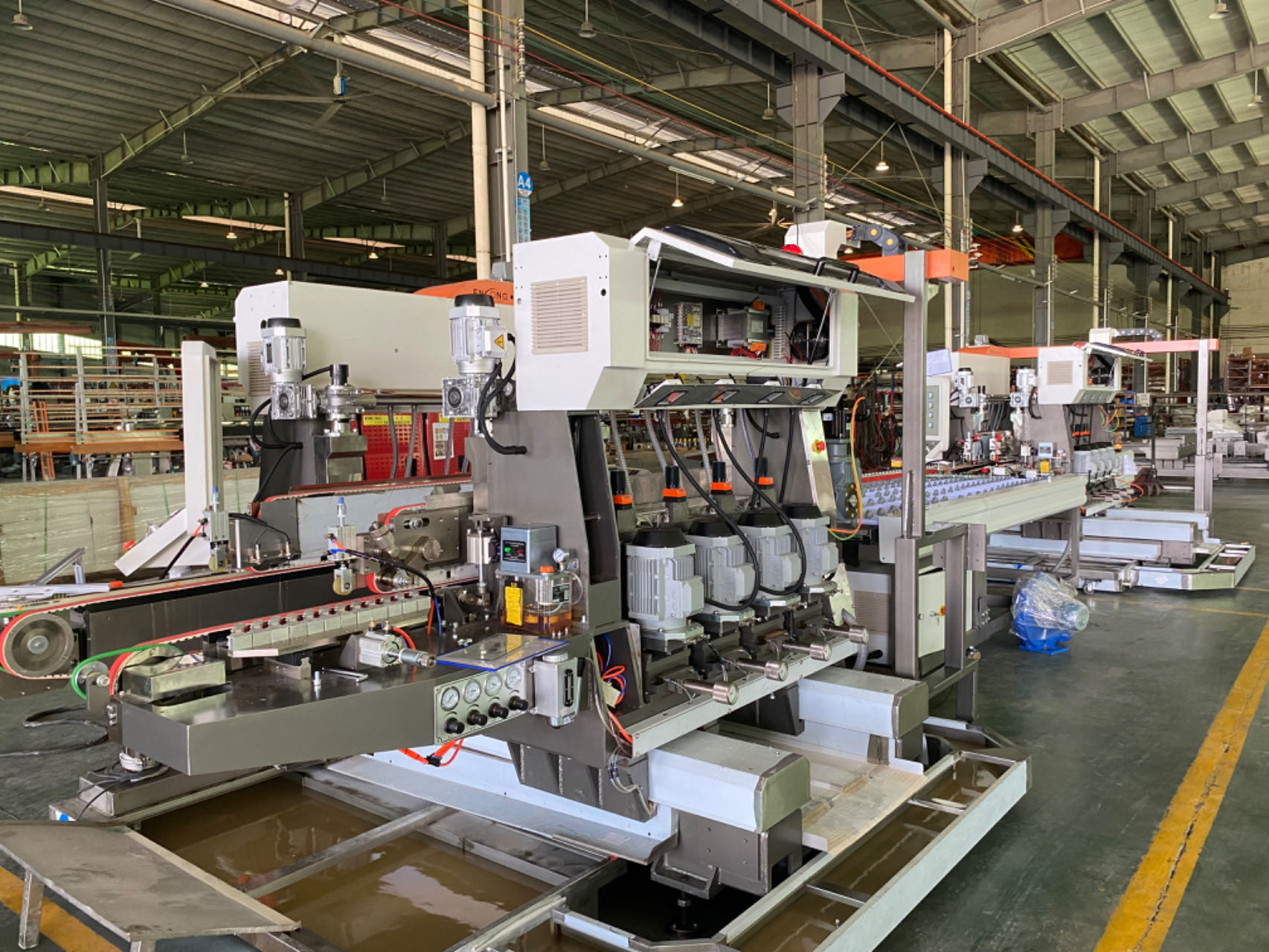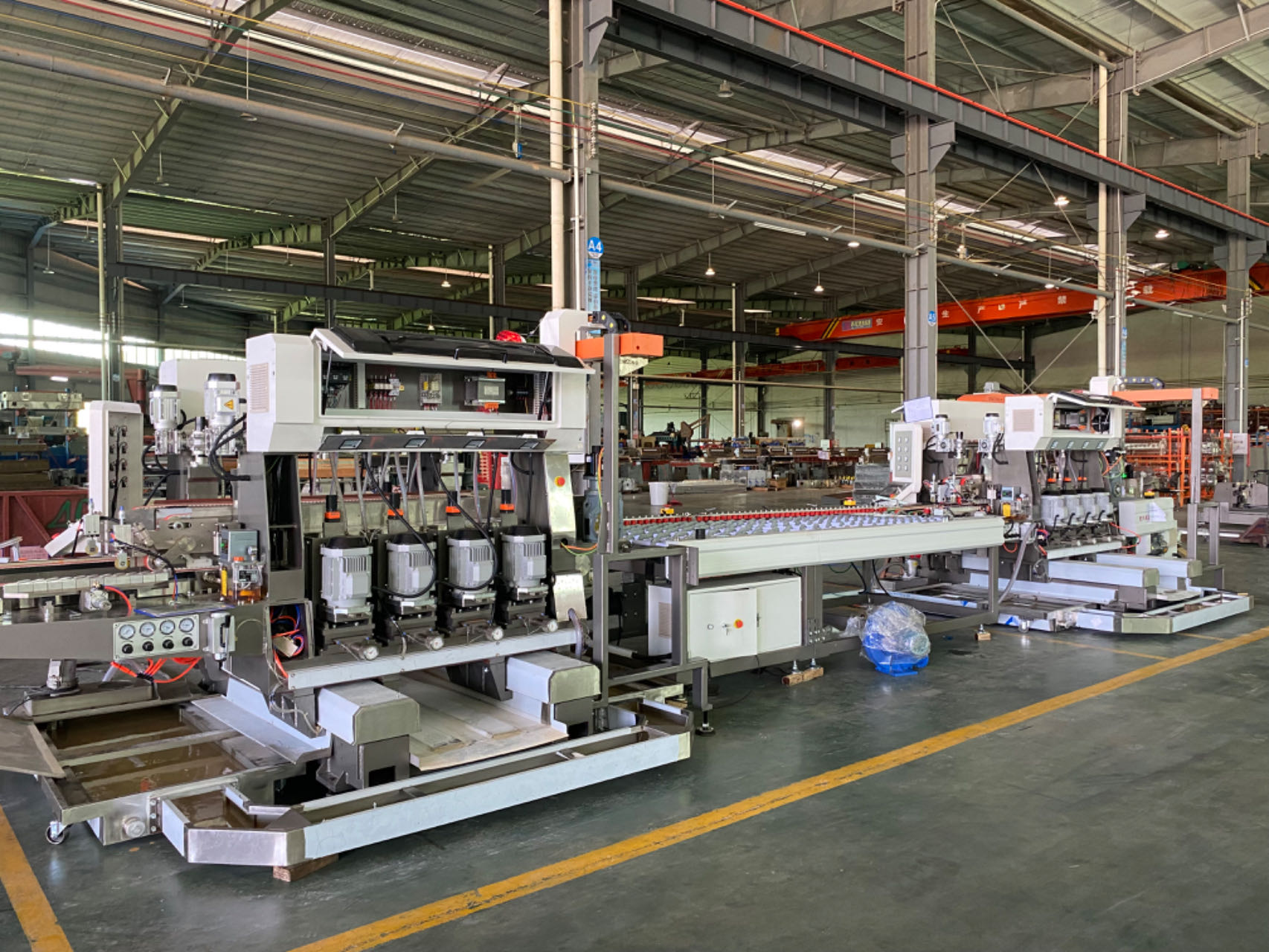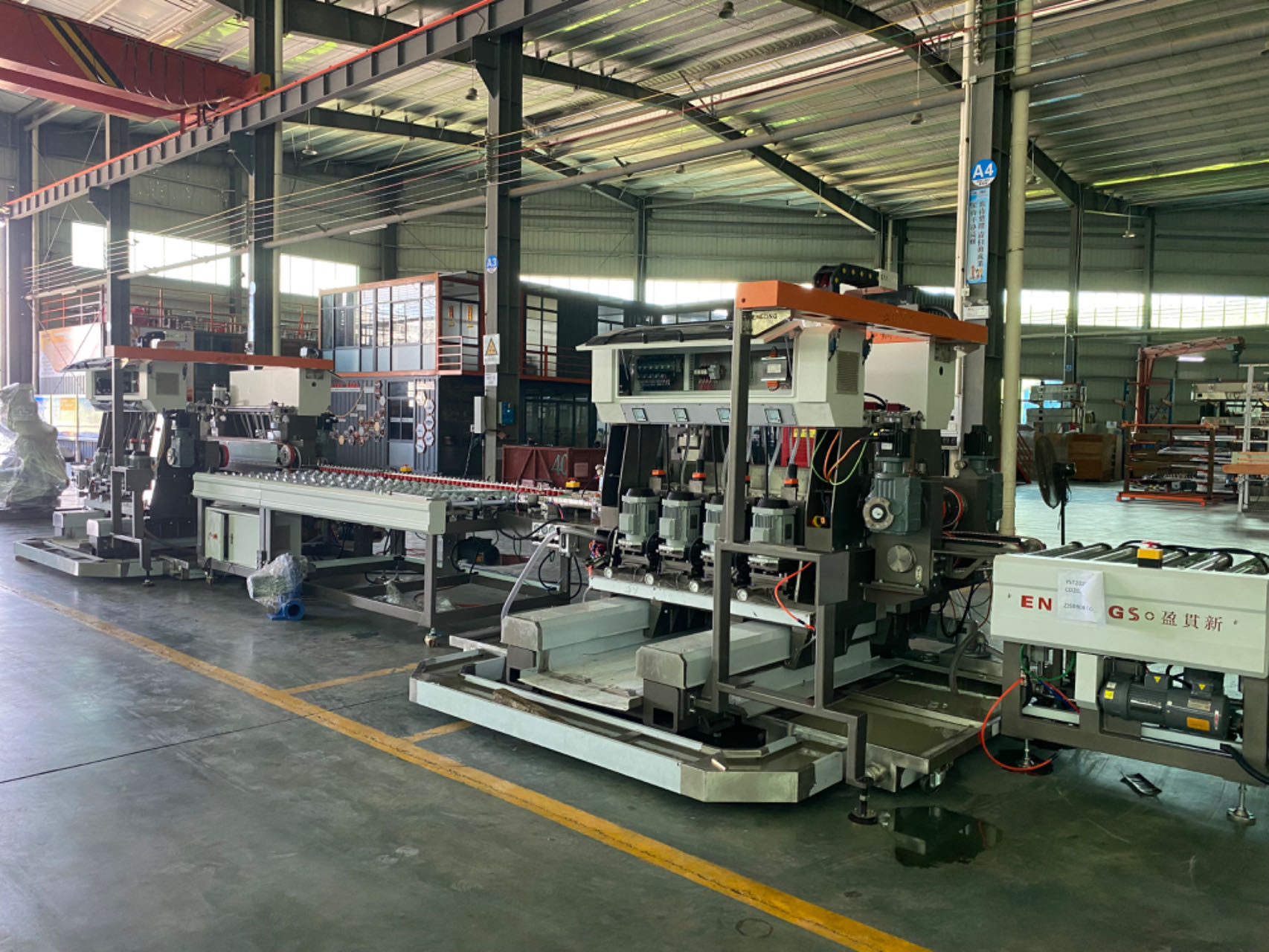How Do Glass Edging Machines Enhance Safety in Glass Manufacturing
Introduction
Glass edging machines are essential equipment in the glass manufacturing industry, playing a critical role in shaping and polishing glass edges to create high-quality glass products. Beyond their role in improving the quality of glass products, glass grinding machines also significantly enhance safety in glass manufacturing processes. In this comprehensive marketing article, we will delve into the various ways glass grinding machines contribute to a safer working environment in glass manufacturing facilities. By understanding the safety benefits these machines offer, glass manufacturers can make informed decisions to invest in this technology to improve workplace safety and efficiency.

Chapter 1: Precision and Accuracy
Glass edging machines are equipped with advanced technology and precision tools that enable them to shape and polish glass edges with unparalleled accuracy. The precise control offered by these glass grinding machines reduces the likelihood of human error during the glass processing stages, resulting in consistently high-quality finished products. This precision not only enhances the aesthetic appeal of glass products but also plays a crucial role in improving safety in glass manufacturing.
When glass edges are accurately shaped and polished by glass edging machines, the risk of sharp edges or uneven surfaces that can cause injuries to workers is significantly reduced. By eliminating irregularities in glass edges, these glass polishing machines create a safer working environment where the likelihood of accidental cuts or injuries from handling glass is minimized. The precision and accuracy of glass grinding machines thus contribute to enhancing safety in glass manufacturing processes.
Chapter 2: Automation and Reduced Manual Labor
Glass edging machines are designed to automate the process of shaping and polishing glass edges, reducing the reliance on manual labor for these tasks. Automation not only enhances efficiency and productivity in glass manufacturing facilities but also plays a crucial role in improving workplace safety. By reducing the need for manual handling of glass pieces during edging processes, these glass grinding machines help minimize the risk of injuries associated with repetitive tasks, heavy lifting, and exposure to sharp glass edges.
The automation provided by glass grinding machines also contributes to a more ergonomic work environment for employees. By taking over repetitive and physically demanding tasks, these glass polishing machines allow workers to focus on higher-value activities that require their skills and expertise. This shift in focus from manual labor to more specialized tasks not only improves job satisfaction but also reduces the risk of musculoskeletal injuries and strains among workers, further enhancing safety in glass manufacturing facilities.
Chapter 3: Dust Extraction Systems and Environmental Safety
Glass edging processes can generate a significant amount of dust and debris, posing health risks to workers and impacting the overall cleanliness of the work environment. Glass edging machines are equipped with dust extraction systems that effectively capture and remove dust particles generated during the edging process. By eliminating airborne dust and debris, these systems help maintain a clean and healthy work environment for employees.
The implementation of dust extraction systems in glass grinding machines not only enhances workplace safety but also contributes to environmental safety in glass manufacturing facilities. By preventing the dispersion of glass dust into the air, these systems reduce the risk of respiratory problems and other health issues among workers. Additionally, the containment of dust and debris promotes a cleaner and more sustainable work environment, aligning with environmental safety standards and regulations.

Chapter 4: Safety Guards, Sensors, and Machine Protection
Glass edging machines are equipped with safety guards, sensors, and advanced safety features to prevent accidents and ensure the protection of workers during operation. Safety guards are designed to shield employees from moving parts and sharp edges of the glass polishing machine, reducing the risk of accidental contact and injuries. Sensors integrated into glass edgding machines can detect abnormalities or malfunctions in the glass polishing machine's operation, triggering automatic shutdown mechanisms to prevent accidents and protect workers.
The incorporation of safety guards, sensors, and other safety features in glass edging machines enhances the overall safety of glass manufacturing processes. By providing a protective barrier between workers and potential hazards, these safety measures minimize the risk of workplace accidents and injuries. Moreover, the proactive detection and prevention of glass polishing machine malfunctions through sensors contribute to the safe and reliable operation of glass edging machines, ensuring the well-being of employees and the longevity of the equipment.
Chapter 5: Training and Support for Safe Operation
In addition to the technological advancements and safety features of glass edging machines, manufacturers provide comprehensive training and support to ensure the safe operation of these glass polishing machines in glass manufacturing facilities. Training programs cover proper machine operation, maintenance procedures, and safety protocols to equip employees with the knowledge and skills necessary to work safely with glass grinding machines. By investing in employee training and support, manufacturers contribute to a culture of safety and continuous improvement in glass manufacturing facilities.
The training and support provided by glass polishing machine manufacturers play a crucial role in enhancing workplace safety and reducing the risk of accidents and injuries. By empowering employees with the necessary skills and knowledge to operate glass edging machines safely and effectively, manufacturers contribute to a safer working environment and promote a culture of safety consciousness among workers. Ongoing support and guidance from manufacturers ensure that employees can maximize the benefits of glass grinding machines while prioritizing their safety and well-being.

Conclusion
Glass edging machines are indispensable tools in the glass manufacturing industry, offering a wide range of safety benefits that enhance workplace safety and efficiency. From precision and accuracy in glass edge shaping to automation and reduced manual labor, these glass polishing machines contribute to a safer and more productive work environment for employees. The incorporation of dust extraction systems, safety guards, sensors, and advanced safety features in glass grinding machines further reinforces their role in promoting safety in glass manufacturing processes.
By investing in glass polishing machines and leveraging their safety-enhancing capabilities, glass manufacturers can create a secure and sustainable work environment that prioritizes the well-being of employees. The combination of technological advancements, safety features, and comprehensive training and support ensures that glass grinding machines not only improve the quality and efficiency of glass manufacturing but also contribute to a culture of safety and excellence in the industry. Embracing the safety benefits of glass polishing machines is not only a strategic investment in workplace safety but also a commitment to fostering a safe and thriving glass manufacturing environment.

